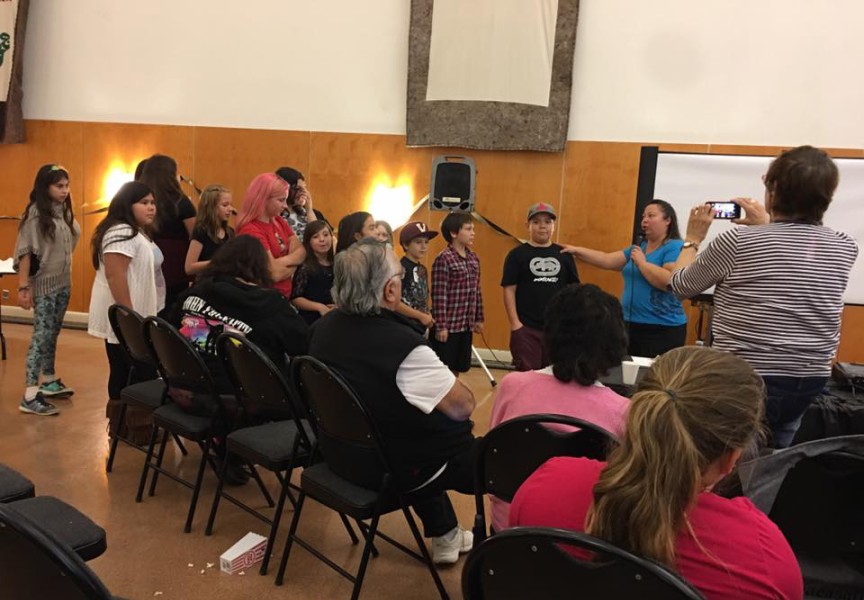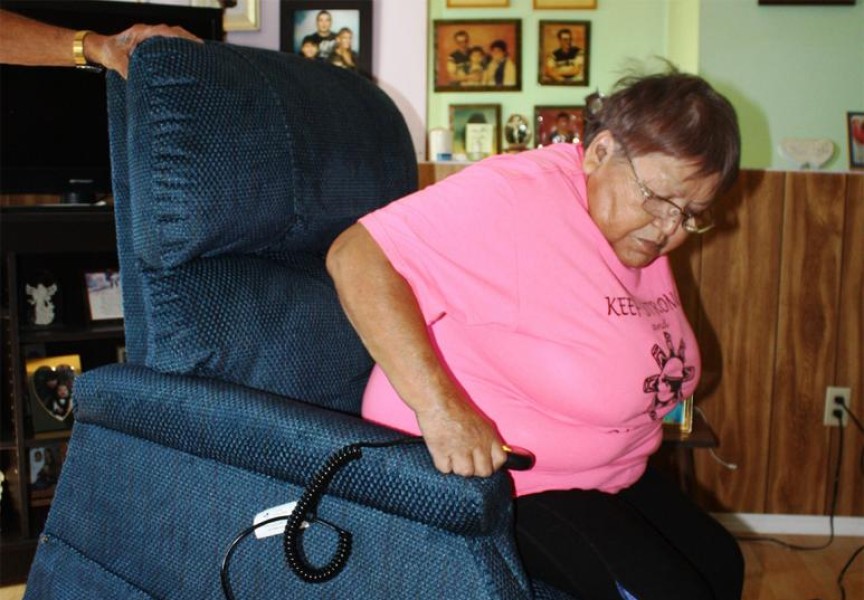Tseshaht First Nation has called on the provincial Environmental Assessment Office (EAO) to officially terminate the proposed Raven Underground Coal Project based on its failure to meet the statutory requirement to have a project application approved by June 7, 2015.
The first project application filed by the parent company, Compliance Energy Corporation, was rejected by the EAO in May 2013, in part for failure to consult with First Nations, including Tseshaht.
In October 2014, Compliance submitted a second application to the designated Working Group for a 30-day review, but subsequently withdrew it. (Tseshaht is a member of the Working Group.)
Then on March 2 this year, citing “misinformation in the community,” Compliance withdrew its application yet again.
Tseshaht consultant Keith Hunter contacted the EAO on May 29. The day before, Compliance had filed its Interim Financial Statement report and Management Discussion and Analysis on the Canadian public securities information website, SEDAR (www.sedar.com).
“I didn’t see anything in their report to their shareholders that they had any intention to correct the [application] deficiencies, or that they have the financial capacity to complete the studies,” Hunter said, referring to the “negative working capital” of $981,000 cited in the report.
Hunter said the hard three-year deadline was confirmed in the spring of 2013, following the first application rejection by the Environmental Assessment Office.
Compliance filed the required Application Information Requirements (AIR) on June 7, 2012, at which time the clock started ticking.
On May 16, 2013, the Environmental Assessment Office confirmed the statutory requirement of Compliance to engage in the prescribed consultation process with Tseshaht within the required three-year period.
On Oct. 12 that same year, after Tseshaht called on the province to terminate the project based on the company’s failure to consult, the Environmental Assessment Office said “the proponent is still within this three year time limit.”
“They gave Compliance specific steps they had to take in consultation,” Hunter said. “We had several specific issues that they were directed to follow up on, which they didn’t do.”
In early 2012, Compliance and EAO officials met Tseshaht and agreed to hold a series of meetings. Those meetings never took place.
Contacted today, however, Compliance CEO Stephen Ellis said the upcoming deadline June 7 is, in effect, no big deal.
“Our AIR will lapse and we will have to do it again,” the CEO said. “I think we planned for it and I think we’re on top of this. No change in business tools at the moment.”
While opponents have cast the failure by Compliance to meet the statutory deadline as the final nail in the coffin, Ellis said that is not the view at his company.
“I think everyone would like to cast it as something else. Right now, I think we are comfortable where we are situated,” he said.
Ellis was asked if the requirements for consultation with First Nations had been unclear, and if that had been a factor in their failure to consult.
“We have the responsibility to consult on behalf of the government,” he said. But he did not contend that senior governments have offloaded the responsibility with unclear guidelines.
“No, I don’t think so. They’ve got specific concerns that they want addressed so we can have meaningful consultations.”
As of March 2, when Compliance withdrew its application, it was reported that the company had spent upwards of $20 million thus far. When Ha-Shilth-Sa spoke with Ellis the following day, he refused to comment on the $936,000 working capital deficit as reported in company’s September 2014 financial statement posted on SEDAR.
This week Ellis was asked how the new, higher working capital deficit on the May 28 statement ($981,000) would affect the project’s future.
“I think you could sum it up by saying we need to find new investment capital,” he said.
Hunter said he was surprised to hear how blasé Ellis was treating the upcoming project termination.
“There is no limit to how many times they can file a project description,” he said, “But if they decide to re-apply with Port Alberni as their proposed port, this time we are much better prepared to oppose it, because of all the information we have now, like the geotechnical reports, that they withheld from us the first time.”






